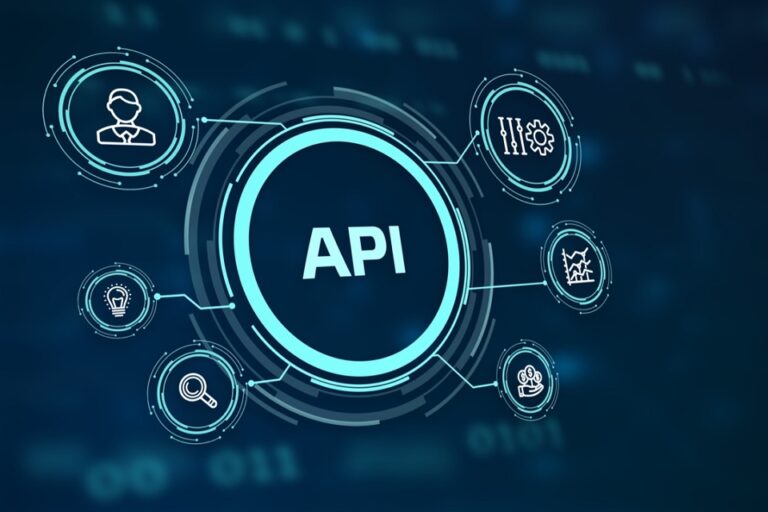The term API is the acronym for application programming interface, and it is a mechanism that enables communication and data exchange between software components. The rise in cloud applications and platforms has led to the rise of APIs, as these apps and software need more APIs to facilitate communication and data sharing.
As more APIs enter the market, the need for API testing increases exponentially. The goal isn’t just to have enough APIs meeting the needs of the cloud platforms but to have quality APIs. This is where API testing comes in.
What Is API Testing?
API testing is an assessment that tests the API for functionality, performance, security, and reliability. API assessment is crucial because a faulty API can have grave consequences on more than one cloud application. In addition, API testing is also used to validate the business logic layer of any cloud application.
To thoroughly test the range of any API, you have to run several tests aimed at screening different parts of the API.
Types Of API Testing
There are many API test types, and each one is used based on the goal of the API test at the moment. This is why several of these tests can be run on an API if needed.
Some of the API tests used include the following:
Functional Testing
Functional API testing ensures that the API’s response to queries is correct. This testing type checks whether certain highlighted functions are working as expected. In functional testing, it’s advisable to test intermittently and focus on repetitive functions.
Fuzz Testing
Fuzz testing is a type of stress test that seeks to monitor the performance of the API if it has a large number of random requests. If the API crashes or responds with an error, it’ll need to be re-evaluated.
Security Testing
Security testing is one of the most important API tests because it is used to check for security weak points through which data can be compromised. Businesses have lost customers and money due to API security breaches and cyber-attacks.
Load Testing
Load testing is another stress test designed to test the performance and endurance of the API if it has to handle a large number of requests in a short time frame. APIs are load-tested first with an average volume of requests and then with a maximum volume of requests to test for irregularities in performance.
Penetration Testing
Penetration testing is used to identify security vulnerabilities that could allow hackers to break into an API and steal data. It is done by letting ethical hackers with little knowledge of APIs attack the system to highlight its weaknesses.
Validation Testing
Validation Testing is one of the last tests conducted during an API test. It is designed to validate the API based on behaviour, efficiency, and product.
Runtime Error Detection Testing
Runtime Error Detection Testing is the major API test as it focuses on the running of the API. This test checks how well the API runs based on resource leaks, monitoring, error Detection, and execution errors.
UI Testing
UI testing checks the usability of an API based on its user interface. This testing isn’t necessarily about the API as it is about its looks. The UI of an API is not always tested as it focuses more on the efficiency and usability of the app based on its interface.
Benefits Of API Testing
Accelerated Response To Bugs
API testing is fast and proffers solutions to bugs just as quickly. At the end of an API test, you’ll know as soon as possible if the bugs have been fixed or not. This is great because it eliminates wasted time and repetitive testing and fixing.
Less & Easy Maintenance
Once an API has been tested, the chances of its layers changing and requiring frequent testing are very low. Aside from functionality testing, which is done periodically to validate the functionality of the API, APIs don’t need to come in for regular auditing and testing.
GUI-Independent
GUI testing wastes time and can cost as much as eight hours. Thankfully, APIs don’t have to depend on GUI for testing as they can be tested in the app.
API Testing Has A Better Test Coverage
API testing has excellent test coverage that tests every aspect of the API’s functions, performance, security, usability, and reliability. This makes APIs highly functional and more improved after a test.
Conclusion
To ensure a smooth communication flow between cloud platforms, test APIs to improve their functionality, usability, reliability, security, and performance. You can test several points in an API using the test type that correlates with the point.


